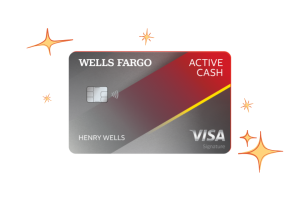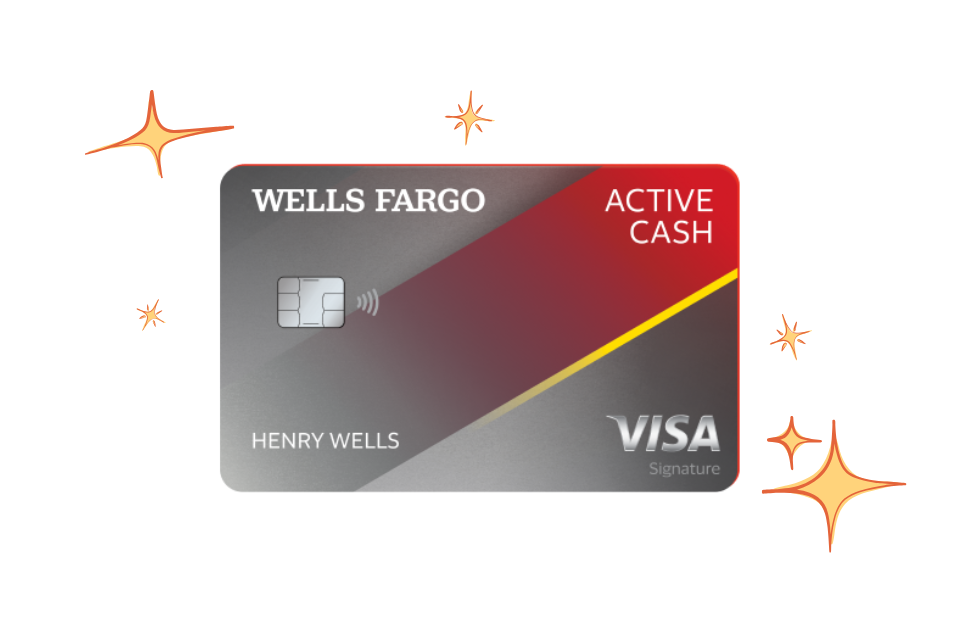You know your credit score is important – it’s like your financial GPA here in the States. It affects whether you can get a loan, what interest rate you’ll pay, and impacts everything from renting an apartment to getting a cell phone plan. But looking up that three-digit number used to feel like a complicated process, maybe even costing you money. Good news: checking your credit score in the U.S. is easier and more accessible for free than ever before. Plus, understanding the basics of how it’s calculated gives you power over improving it. Let’s pull back the curtain on getting your score for free and what makes that number tick.
Gone are the days when you had to pay a service just to peek at your own score regularly. Thanks to increased awareness and competition, free access is now the norm, not the exception. Knowing where you stand is the first crucial step in managing your financial health.
First Things First: Where Does Your Score Come From?
Your credit score isn’t just randomly generated. It’s calculated using the information found in your credit report. These reports are compiled by three major credit bureaus in the U.S.: Equifax, Experian, and TransUnion. They collect data from lenders (like banks, credit card companies, auto lenders) about how you use credit – whether you pay on time, how much credit you use, how long you’ve had accounts, etc.
Using the data from your report, credit scoring models (like FICO, which is the most common, or VantageScore, which is gaining traction) crunch the numbers based on their specific formulas. This is where the score comes from – a snapshot of your creditworthiness based on your report at a specific moment.
Finding Your Score for FREE: Your Best Resources
Alright, the moment you’ve been waiting for. Where can you actually see this number without opening your wallet?
- Through Your Credit Card Issuer: This is one of the most common and convenient ways now. Many major banks and credit unions that issue credit cards provide free access to one of your credit scores (often a FICO score) as a benefit to cardholders. You can usually find it by logging into your online account or mobile app. The score is typically updated monthly.
- Through Your Bank or Credit Union: Even if you don’t have a credit card with them, your primary bank or credit union might offer free credit score access as part of their online banking services. Check their website or app features.
- Free Credit Monitoring Websites/Apps: Several reputable websites and apps offer free credit scores and sometimes even elements of your credit report. Companies like Credit Karma (often provides VantageScore 3.0 from Equifax and TransUnion) and Experian (offers a free Experian FICO Score 8) are popular options. They make money through advertising financial products, but accessing your score is free. Just be mindful of the ads.
- Non-Profit Credit Counseling Agencies: Some non-profit organizations that provide credit counseling services may offer free access to your score as part of their educational resources.
Important Note: The score you see might vary slightly depending on the source and the scoring model used (FICO 8, FICO 9, VantageScore 3.0, etc.) and which credit bureau’s data was used. Don’t panic if the number is a few points different across platforms. The key is to track the score from one consistent source over time to see your progress.
Understanding the Calculation Basics (Quick Recap)
While you don’t need to be a mathematician, knowing the main factors behind the score (which we discussed in the previous article!) helps you understand why the number changes. Remember the FICO breakdown:
- Payment History (35%): Paying on time = good. Late payments = bad.
- Amounts Owed/Utilization (30%): Low balances relative to limits = good. Maxed out cards = bad.
- Length of Credit History (15%): Older accounts in good standing = good. Brand new history = needs time.
- New Credit (10%): Applying sparingly = okay. Applying for lots of cards quickly = slight negative.
- Credit Mix (10%): Mix of types = slightly positive. Don’t force this one though.
When you look at your score, the platform providing it often shows you the key factors that are currently impacting your specific score the most. This is invaluable feedback!
Getting Your FREE Credit REPORTS (Equally Important!)
Your credit score is a summary of your credit report. To truly understand what’s going on and check for errors, you must check your actual credit reports regularly. You are legally entitled to one free copy from each of the three major bureaus (Equifax, Experian, and TransUnion) every 12 months.
The only official website authorized for these free reports is AnnualCreditReport.com. Do NOT use imposter sites.
Why check your reports?
- To see the detailed information lenders are reporting about your accounts.
- To check for errors (accounts you don’t recognize, incorrect balances, late payments that were on time). Errors can lower your score!
- To look for signs of identity theft (accounts opened in your name that you didn’t open).
Checking your own credit report or score through legitimate free sources (like your bank or AnnualCreditReport.com) initiates a “soft inquiry,” which does not affect your credit score. This is different from a “hard inquiry” that happens when you apply for new credit.
Making Score Checking a Regular Habit
Think of checking your credit score like getting a check-up for your financial health. Make it a habit:
- Monthly: Check your score through your bank, credit card app, or a free service. Watch for changes.
- Annually: Pull your free credit reports from AnnualCreditReport.com. Stagger them (e.g., Experian in January, Equifax in May, TransUnion in September) to monitor your reports throughout the year.
Knowing your credit score and understanding the basics of how it’s calculated empowers you. You can see the impact of your financial actions, spot potential problems (like errors or fraud) early, and take targeted steps to improve your score over time. Don’t let that number be a mystery; take advantage of the free resources available in the US and keep tabs on your financial reputation!
















